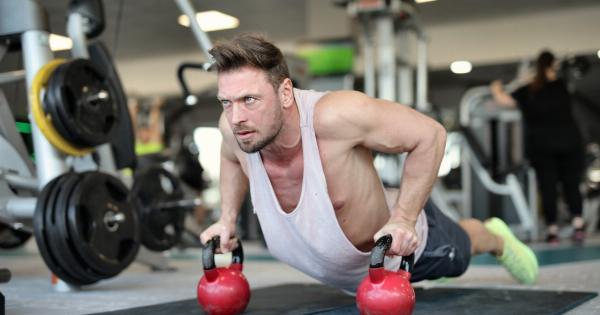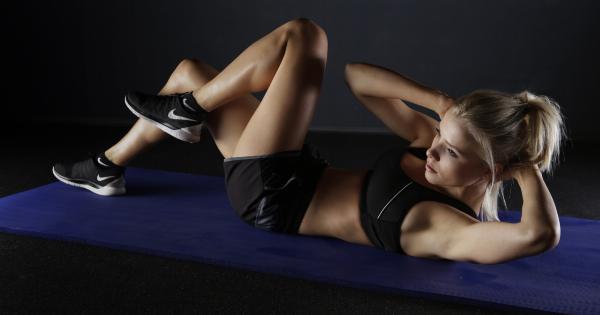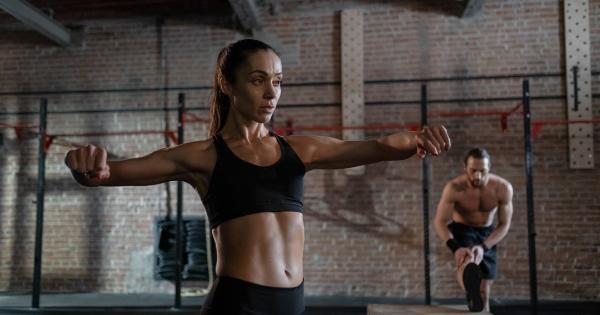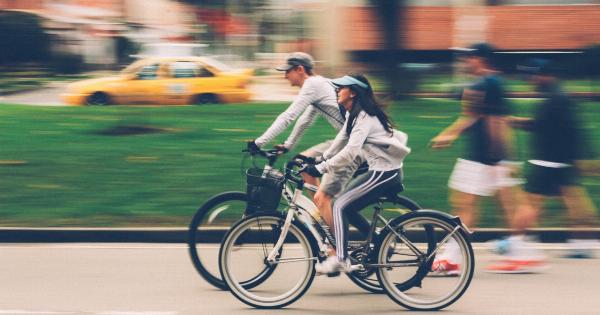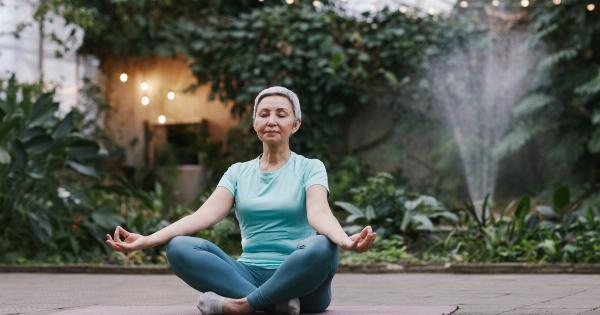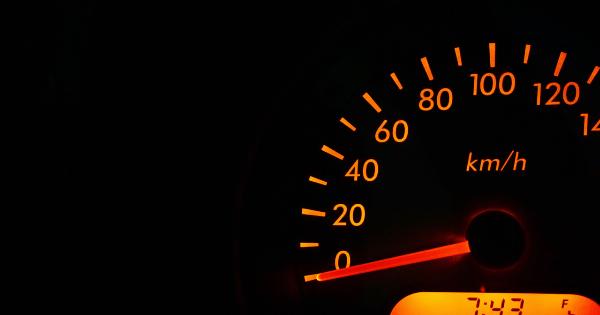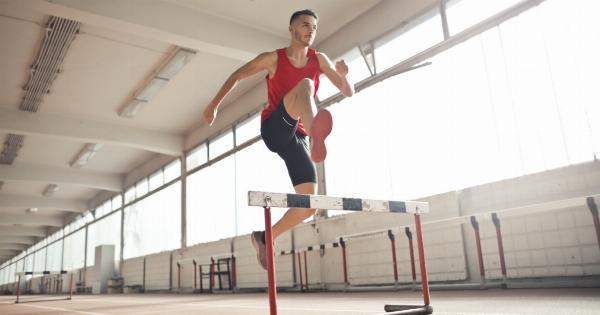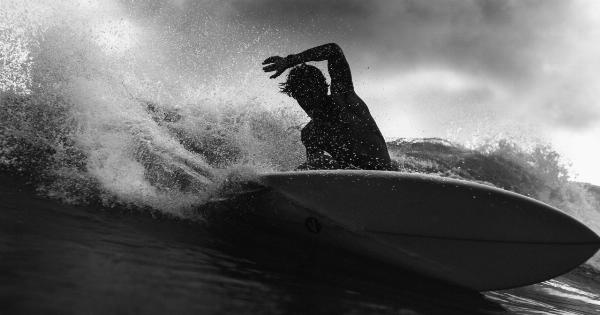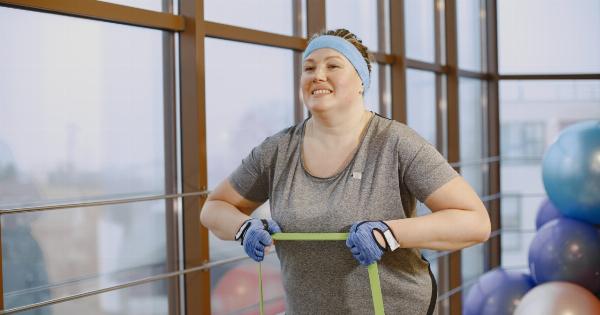Heart rate variability (HRV) is a measure of the variation in time intervals between consecutive heartbeats.
It reflects the continuous interplay between the sympathetic and parasympathetic branches of the autonomic nervous system, providing valuable insights into an individual’s physiological and psychological state. HRV has gained significant attention as an indicator of overall health, fitness, and cardiovascular adaptability.
Impact of Aerobic Endurance Activities on HRV
Both runners and swimmers engage in aerobic endurance activities that enhance their cardiovascular fitness. However, their training methods, physical demands, and the environments in which they exercise differ significantly.
These variations can influence their HRV patterns and subsequent physiological adaptations.
Training Methods: Runners vs. Swimmers
Runners primarily focus on terrestrial locomotion, emphasizing repetitive impact and ground reaction forces. Long-distance runs, interval training, and speed workouts are often incorporated into their training routines.
On the other hand, swimmers perform their activities in water, which offers a buoyant and non-impactful environment. They focus on stroke technique, interval training in the pool, and occasional land-based strength and conditioning exercises.
Cardiovascular Adaptations in Runners
Due to the repetitive impact and weight-bearing nature of running, this activity places high demands on the cardiovascular system. Regular running training leads to significant improvements in aerobic capacity, cardiac output, and stroke volume.
These adaptations result in increased vagal tone, reduced resting heart rate, and enhanced HRV, reflecting a more efficient autonomic regulation of the heart.
Cardiovascular Adaptations in Swimmers
Swimming, being a non-weight-bearing activity, has less impact on the cardiovascular system compared to running. However, the hydrostatic pressure and resistance offered by the water create a unique training stimulus.
Swimmers often experience a lower resting heart rate and increased stroke volume, leading to improved cardiac function. Although HRV changes may not be as pronounced as in runners, swimmers still tend to display favorable autonomic modulation.
Effects of Training Volume and Intensity
Both runners and swimmers can manipulate their training volume and intensity to achieve specific physiological adaptations. Higher training volumes, especially in runners, can occasionally lead to excessive sympathetic activation and reduced HRV.
Overtraining syndrome in endurance athletes may manifest in decreased parasympathetic activity and disrupted autonomic balance. It is essential for athletes and coaches to strike a balance and monitor HRV to avoid overreaching or overtraining.
Environmental Factors: Impact on HRV
Runners often train outdoors, exposed to varying weather conditions and diverse terrains. Changes in temperature, humidity, and altitude can influence HRV through thermal stress and altered oxygen availability.
Swimmers, however, primarily train in a controlled environment with consistent water temperature and minimal atmospheric influences. These environmental factors can contribute to different HRV responses in runners and swimmers.
Health Benefits Beyond HRV
Both running and swimming confer numerous health benefits, beyond their impact on HRV. Regular aerobic exercise improves cardiovascular function, decreases the risk of chronic diseases, enhances mental well-being, and promotes overall longevity.
The choice between running and swimming largely depends on individual preferences, physical condition, and accessibility to suitable training facilities.
Considerations for Choosing Between Running and Swimming
Factors such as personal goals, impact on joints, accessibility to water bodies, and history of previous injuries should inform individuals’ decisions on whether to take up running or swimming as their primary aerobic endurance activity.
Consultation with fitness professionals or healthcare providers can help individuals make an informed choice based on their specific needs and circumstances.
Conclusion
Heart rate variability is a valuable tool for assessing autonomic regulation and overall health. While both runners and swimmers engage in aerobic endurance activities, their training methods, physical demands, and environments differ significantly.
Runners may experience more pronounced HRV improvements due to the weight-bearing nature of their activity, while swimmers benefit from the unique hydrostatic pressure and resistance offered by water. Ultimately, the choice between running and swimming should be based on individual preferences, physical condition, and accessibility to appropriate training facilities.


